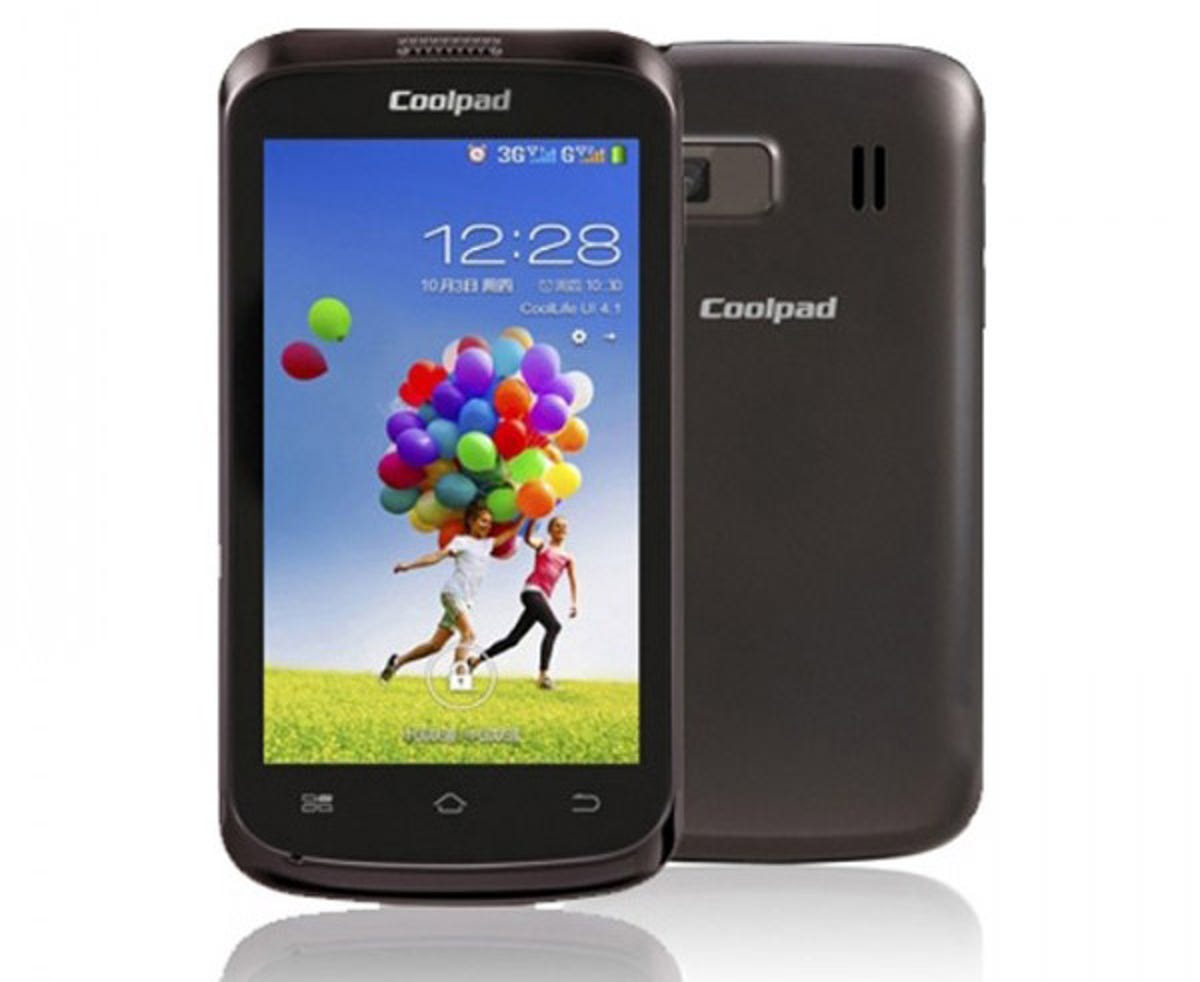
Samsung
Google unveiled the first Android One phones this week, but these phones may not be the best value phones around — especially in Asia.
Android One phones are designed to be low cost options for the burgeoning smartphone market of developing nations. Furthermore, Google will update these phones to the latest operating system. To achieve this, the phones share the same components for economies of scale.
The first iteration of Android One phones sport 4.5-inch screens, 1GB of RAM, 5-megapixel rear and 2-megapixel front cameras, 1.3GHz quad-core MediaTek processors, dual-SIM slots, microSD capability, and FM radios, and retail for around $100. Unfortunately the first manufacturers are virtually unknown outside of India, though big name manufacturers such as HTC and Lenovo will offer their Android One handsets shortly.
While the $100 price tag seems incredibly cheap compared with an iPhone 6 Plus, mobile users in developing nations have been buying very usable phones at even lower prices for some time now.
In Myanmar, one of the fastest expanding mobile markets, Samsung has paired up with local mobile network Ooredoo to offer its Samsung Galaxy V, sporting a 4-inch screen, 1.2 GHz processor, 4GB onboard storage, 512MB RAM, and dual-SIM and microSD card slots. The phone comes with packaged minutes and data, for just $98. Although the specs are lower than the Android One phones, the Samsung brand has has helped to sell the phone. The HTC Desire 210 has similar specs, and is similarly priced.
While HTC and Samsung can depend on their big name credentials, less famous companies have to offer either lower prices or better value. Lenovo, the world’s largest PC manufacturer and up-and-comer as one of the world’s largest phone manufacturers, has the A536, a 5-inch 1.3GHz quad-core phone with 8GB of onboard memory with 1GB of RAM for $125, and covers the low end with the A316, a 4-inch 1.2GHz dualcore phone with 512MB of onboard storage and 256MB of RAM for only $55.
While the A536 can run almost any app on Google Play without problems, the A316 can handle Google Maps, Viber and place video calls for half the price of an Android One phone, albeit a little more slowly, but surely a $55 price difference would be well appreciated in a country like Myanmar where the average monthly national income is about $95.
Coolpad is one of the largest manufacturers of mobile phones in China, and currently offer very aggressively priced, but high-specification, Android phones in developing countries like Myanmar. The lowest priced offering is the US$36 Coolpad 7060, a 4-inch 1GHz phone with 512MB flash and 256MB RAM, supporting dual-SIM and microSD cards. The highest-end offering in Myanmar would be the Coolpad 7295, a 5-inch 1.2GHz quad-core phone with 4GB onboard storage and 1GB AM, which sells for US$85. This is a similar specification to the Android One but 15 percent cheaper, a princely sum in these price-sensitive markets.


Coolpad
A host of other brands, including Oppo, LG, Sony, and Huawei are also readying their arsenal of offerings in the ultra-low segment, while specifications rapidly improve even without Google’s Android One initiative.
The Android operating system, via OS extensions like Google Play Services, allow even old devices running Android 2.3 to run the latest popular applications, preventing OS obsolescence even though one might experience patience-testing lag. Updates from Google may seem very attractive on paper, but it matters little simply because of Android’s inherent flexibility. Geeks sporting the highest-end phones may pine for the smallest incremental upgrade, but to a poor Myanmar farmer who uses the phone to talk to his kids working in Singapore and Dubai, every dollar saved means 400 minutes of talking on Viber.
The Android One initiative may give smaller and less capable phone manufacturers a boost, giving an easy-to-follow, cookie cutter reference design to help them compete against the phone giants like Huawei, Samsung, Lenovo, and Coolpad.
However, from the initial pricing indicators, Android One has done little to reduce phone pricing in the ultra-low segment of the market. It’s also unclear how often Google will update its Android One hardware designs, as every hardware update would require a separate set of OS updates to maintain.
A possible but undesirable spillover effect from the Android One initiative would be that the selected component vendors might dominate the market so strongly that it actually diminishes competition. It remains to be seen whether the low priced leaders like Lenovo and Coolpad can achieve even lower costs than Google with their own non-Android One designs, but even non-Android One phone designs might take advantage of the short term economies of scale of the Android One components.



